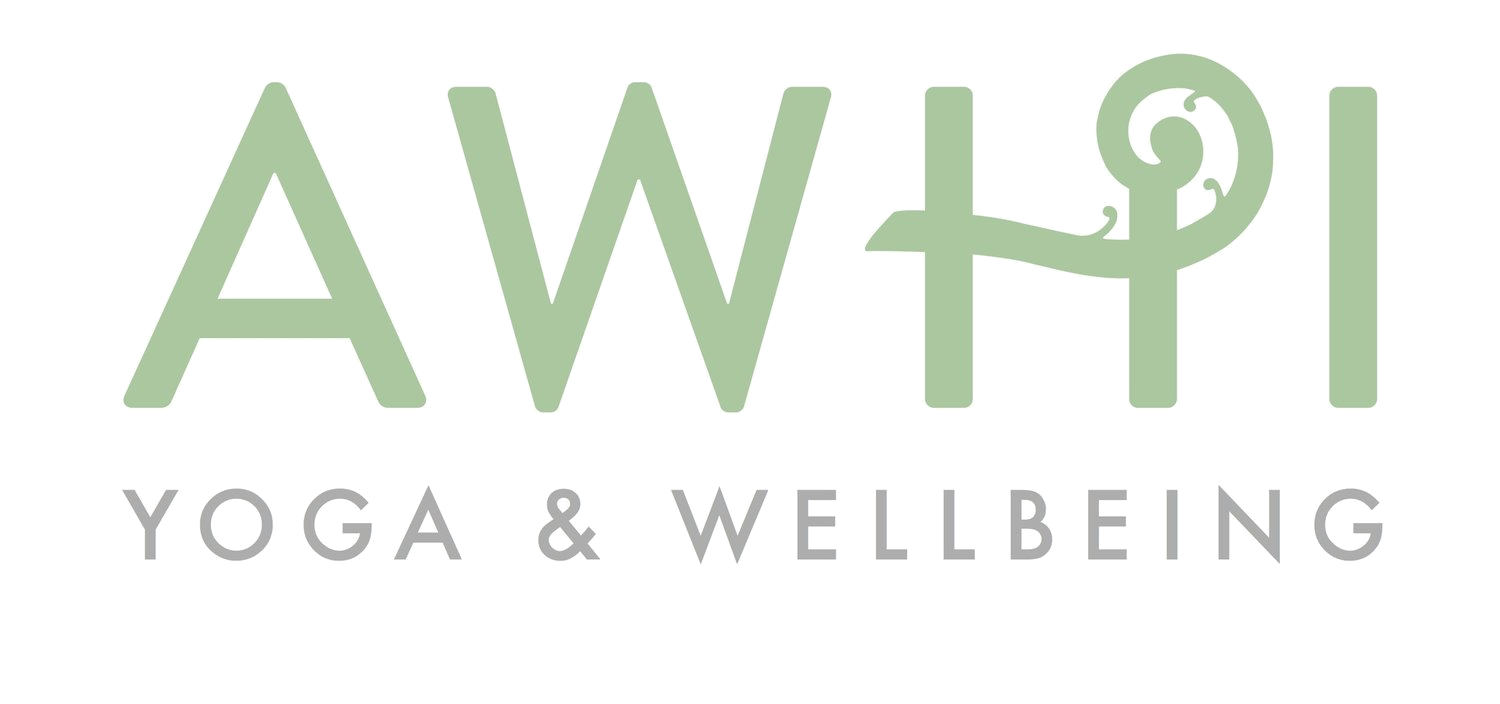MANTRAS & BANDHAS
Kundalini Yoga
MANTRAS
ONG NAMO GURU DEV NAMO
Ong Namo Guru Dev Namo is the ADI MANTRA that we use in the Kundalini Yoga practice to tune one in to the higher self and to tune into a class or practice. Ong is: Creative energy. it creates involvement without attachment - the generative force of life. Namo is: to bow or call upon, granting dignity through acknowledging a higher consciousness and discipline. Guru means: teacher or wisdom. Dev means: Divine, and Namo reaffirms humility and reverence. All together, it means "I call upon the Divine Wisdom". It is the link between you as a finite personality and you as a flow of the infinite consciousness that guides the Kundalini energy.
AAD GURAY NAMEH, JUGAAD GURAY NAMEH, SAT GURAY NAMEH, SIREE GURU DAYV-AY NAMEH
This is the HEART PROTECTION MANTRA or MANGALA CHARN MANTRA – it is chanted for protection. It surrounds the magnetic field with protective light, and means "I bow to the primal wisdom, I bow to the wisdom through the ages, I bow to the true wisdom, I bow to the great unseen wisdom".
SAT NAM
This is the Seed Mantra or Bij Mantra and it is the most widely used in the practice of Kundalini Yoga. Sat means the Truth; Nam means to all upon, name or identity. Sat Nam means Truth is my identity and I call upon the eternal truth that resides in all of us. Chanting this mantra awakens the soul.
LONG TIME SUN
This mantra is used to close a class or practice:
"May the long time sun shine upon you,
All love surround you,
And the pure light within you,
Guide your way on."
BANDHAS (Body Locks)
Bandhas are ‘energetic locks’ performed in the physical body. These are the four common bandhas that will be practiced in class:
JALANDHARA BANDHA (NECK LOCK)
The location of this Bandha is at the top of your spine, underneath the base of your skull at the back of your head.
Sit comfortably with a straight spine, chest and sternum upward
Gently stretch the back of your neck straight by pulling the chin toward the back of the neck
Head is level and centered and does not tilt forward or side to side
Muscles at the neck and throat remain loose
UDDIYANA BANDHA (DIAPHRAGM LOCK)
This is located in the mid-body barrier. Apply this lock only when fully exhaled.
Inhale deeply and fully exhale
Pull the entire abdominal region, especially the area above the navel point upward and back towards the spine
Release the lock by relaxing the abdomen and gradually inhaling
MULA BANDHA (ROOT LOCK)
This is located at the base of your spine.
Balances energies involved with the rectum, sex organs, and navel point
First, contract the anal sphincter. Feel the muscles lift upward and inward
Then contract the lower abdominal muscles and the navel point toward the spine
These rapid actions applied together in a smooth, rapid flowing motion is Mulbandh
MAHA BANDHA (GREAT LOCK)
The great lock is the application of all three locks simultaneously with the breath held out. It is practiced after pranayama and exercise. With all applied, the body is in a perfect healing state.
